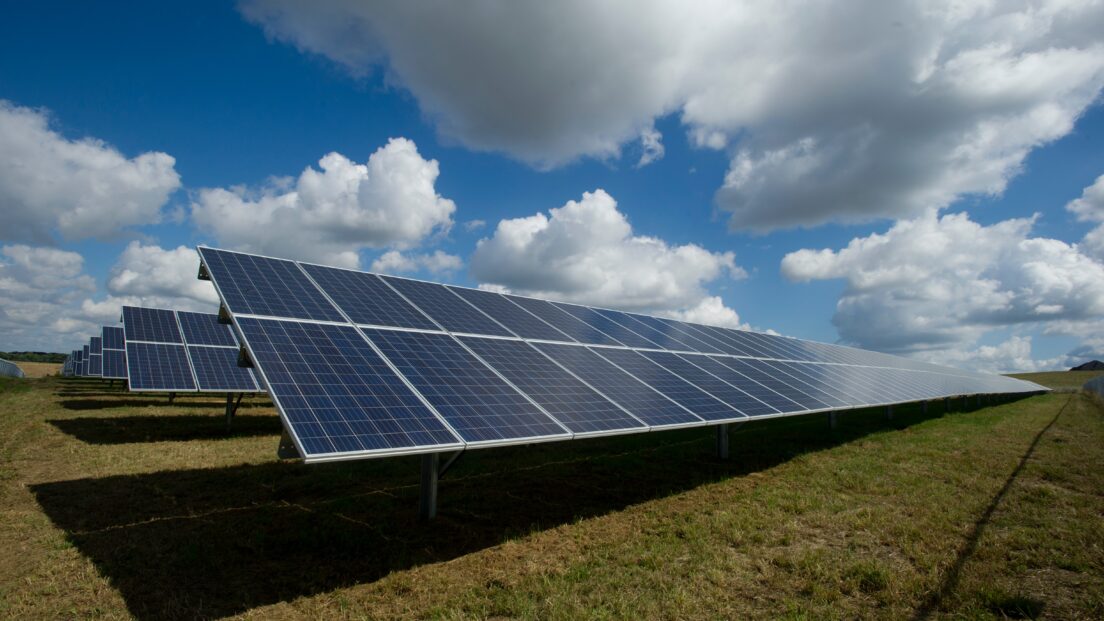Researchers use AI to develop new solar cells

Researchers at EPFL have used artificial intelligence (AI) to identify new materials for use in solar cells. They found 14 promising materials.
As part of a research project at the Swiss Federal Institute of Technology in Lausanne(EPFL), a method has been developed to search large databases for potential materials for the utilisation of new solar cells. According to a press release, several promising halide perovskites were identified through the use of machine learning (ML). ML is a branch of artificial intelligence in which computers learn from data sets or databases made available to them.
Perovskites represent a promising new group of materials for future photovoltaic applications due to their simple manufacturing processes combined with low costs. It is important that the new materials have a suitable band gap so that they can utilise solar energy optimally. The band gap has the property of absorbing photons with a certain energy and then converting them into electricity.
The EPFL team led by Haiyuan Wang and Alfredo Pasquarello developed a machine learning model that was able to identify 14 completely new perovskites from 15,000 materials. These are excellent candidates for future high-efficiency solar cells. The researchers were thus able to show that the use of ML can significantly accelerate the discovery and validation of new photovoltaic materials.